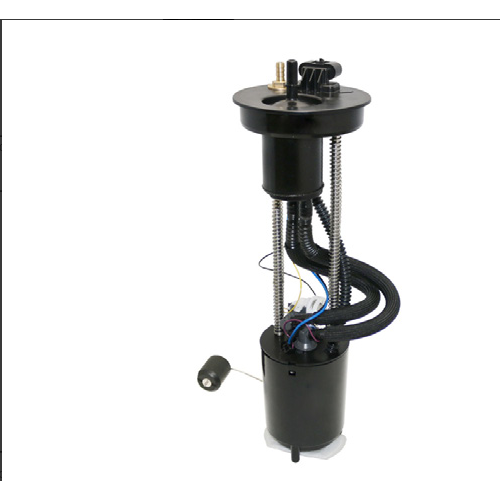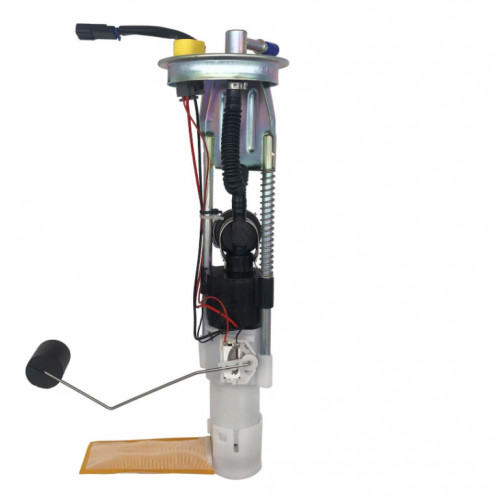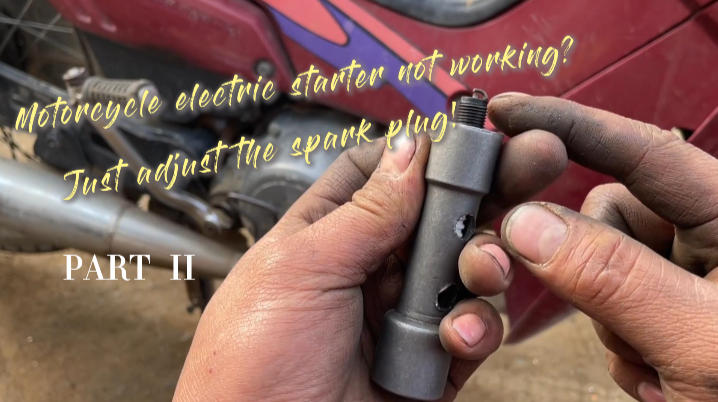Motor Bearing Overheating: Causes and Diagnostic Methods 2.0
-
47
-
2025-07-08 09:53:48
In our previous discussion, we covered three primary causes of motor bearing overheating. This section expands on other contributing factors and their diagnostic approaches.
4. Bearing-Specific Failures
Wear: Pitting, spalling, cracking → increased clearance/friction
Damage: Cage fracture, roller breakage, raceway scoring
Manufacturing defects: Material, heat treatment, machining errors
Selection errors: Incorrect type (e.g., deep-groove bearings for axial loads), size, or load rating
Electrical Erosion (VFD-Driven Motors):
PWM-induced shaft voltage → oil film breakdown → arcing
Raceway fluting ("washboard pattern") → friction ↑ + high-frequency noise
5. Thermal & Environmental Factors
Poor Heat Dissipation:
Cooling fan failure (damage/reversed rotation)
Blocked ventilation paths (dust/oil/debris)
High ambient temperature (>40°C) or heat sources
Insulating dirt/oil accumulation on housing
Contamination:
Ingress of dust, moisture, or corrosive agents
Internal metallic debris from wear
Effects: Abrasive wear, grease emulsification, corrosion → friction ↑
6. Vibration
External: Unstable mounting or nearby equipment vibration
Internal: Rotor imbalance, bearing defects, electromagnetic forces
Consequence: Impact loading → accelerated wear/heat
Diagnostic Procedure
Temperature Measurement:
Use IR thermometers to record bearing ΔT vs. ambient/housing
Acoustic Analysis:
Screeching (misalignment), clicking (damage), rumbling (contamination)
Vibration Testing:
Measure velocity/acceleration/displacement; focus on high-frequency anomalies
Grease Inspection:
Check color (oxidation), texture (grit → contamination), consistency
Lubrication Audit:
Verify grease type, fill volume, intervals, and seal integrity
Mechanical Checks:
Laser alignment (<0.05mm tolerance), belt tension, shaft straightness
Load & Environment:
Confirm operation ≤ rated load (current measurement)
Inspect cooling systems and housing cleanliness
VFD-Specific Tests:
Monitor bearing noise; measure shaft voltage/current if possible
Teardown Inspection:
Examine wear patterns, fluting, cage integrity, and grease condition
Conclusion
Bearing overheating stems primarily from:
Lubrication failures
Installation/misalignment errors
Overloading
Bearing defects
Electrical erosion (VFD)
Systematic diagnosis requires correlating temperature, acoustic, vibration, lubrication, and operational data. Immediate intervention is critical to prevent catastrophic failure. Provide specific operational details (motor type, load, VFD usage, temperature readings, noise characteristics) for targeted troubleshooting.
-
Oil Pump JR-B18-1 16700-K20-903 For Z00MER

-
Oil Pump JR-B18 16700-KVG-41 For AIR BLADE

-
Oil Pump JR-B113 16700-HR3-A21 For Fou rTrax Rancher

-
Oil Pump JR-B112-1 275500734 For GT1 130/155 2011-2012

-
Oil Pump JR-B112 47-1027 For MAVERICKX

-
Oil Pump JR-B110 47-1050 For OUTLANDER

-
Oil Pump JR-B109 709000758 For OUTLANDER

-
Oil Pump JR-B108-1 2204308 For SPORTSMAN

-
Oil Pump JR-B108 47-1014 For SPORTSMAN

-
Oil Pump JR-B98-1 47-1012 For RANGER






